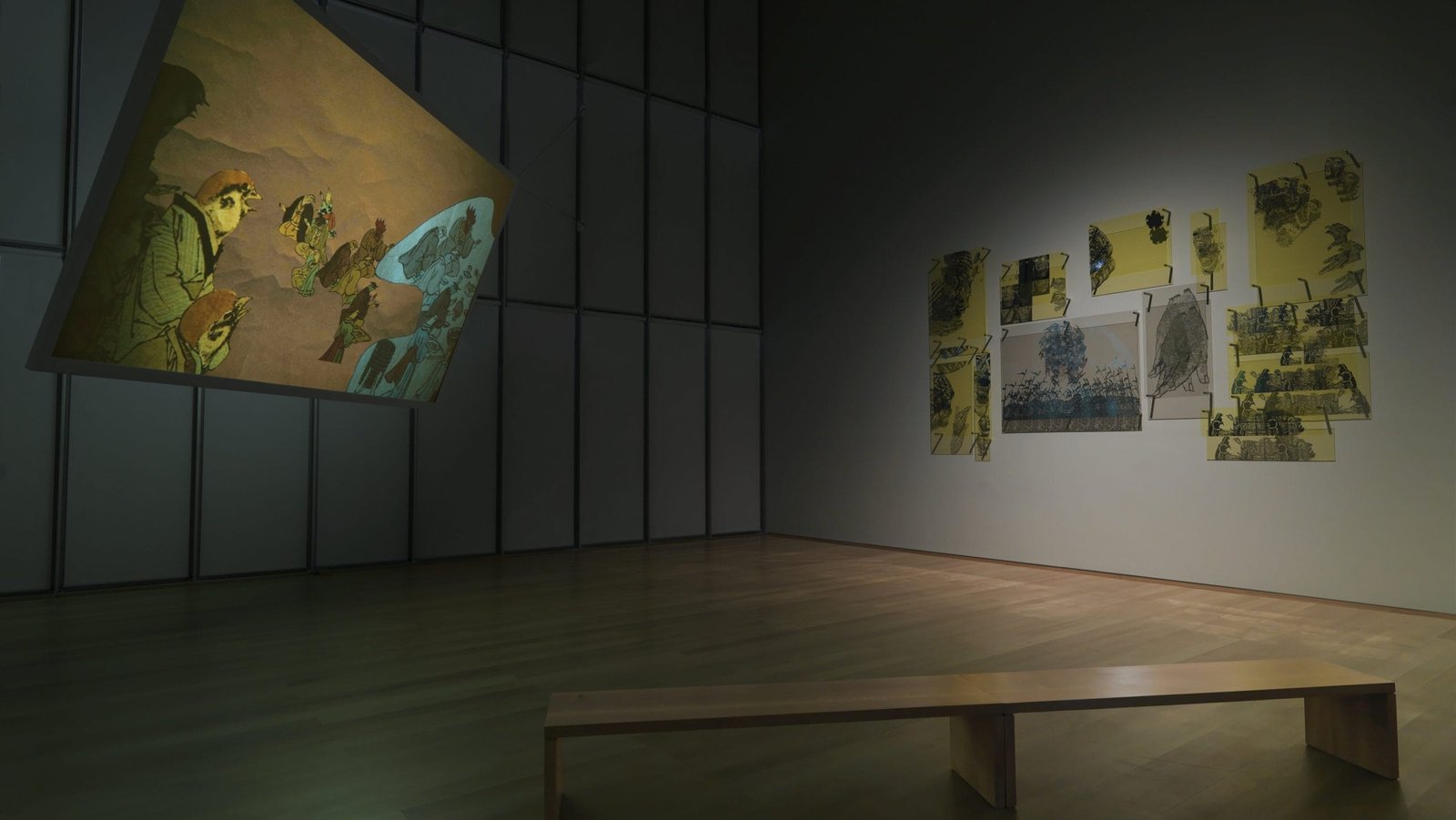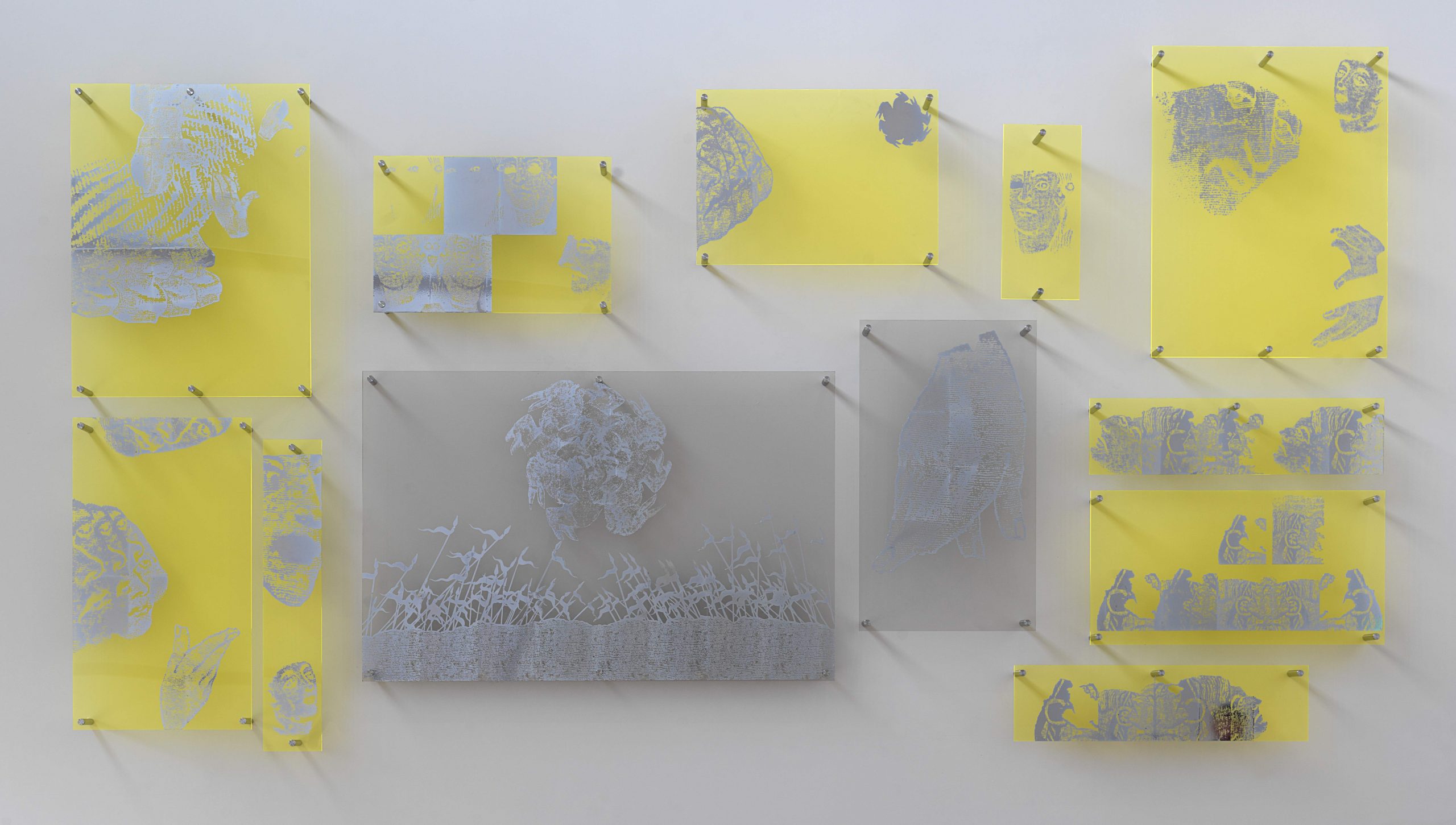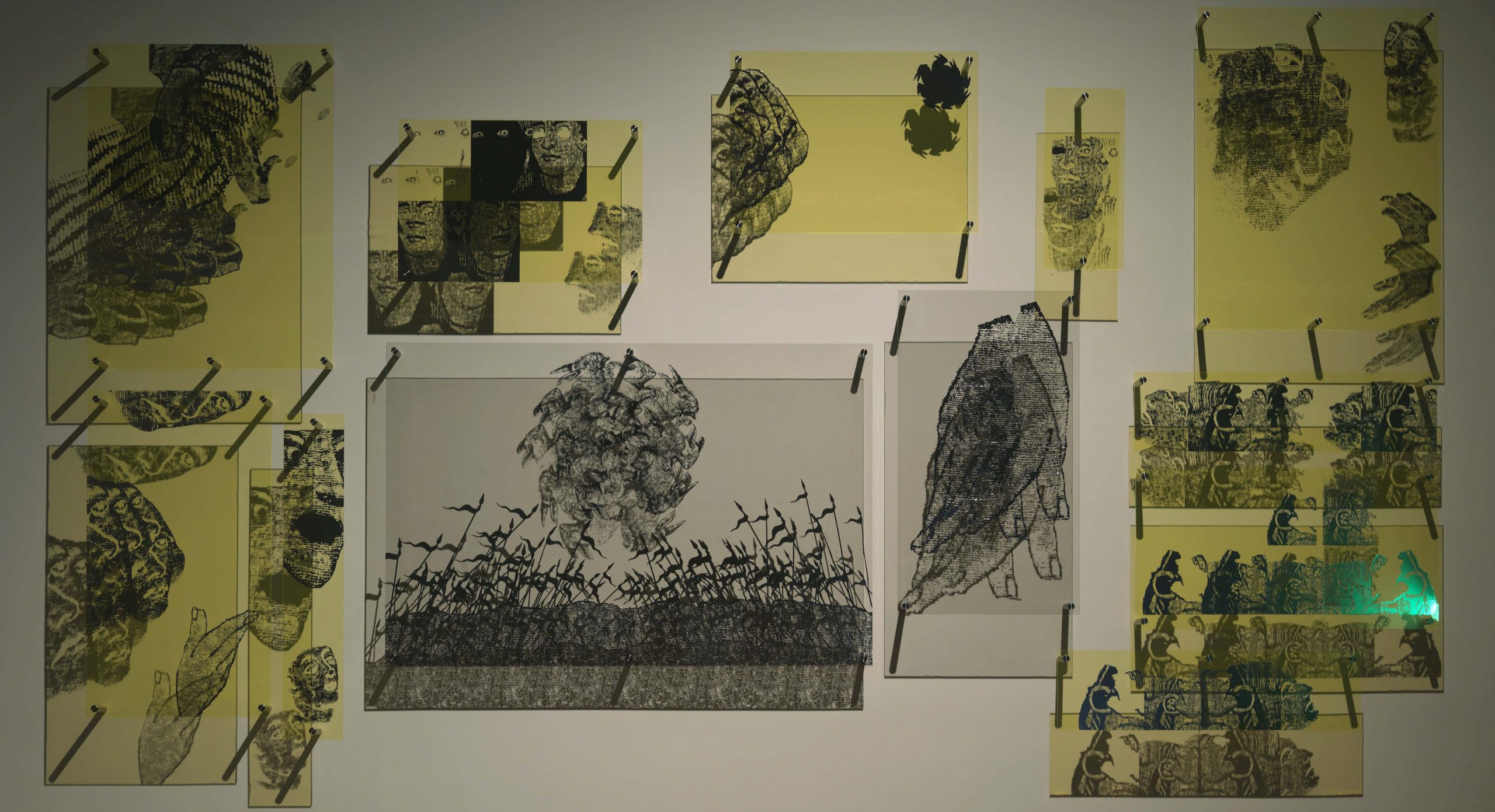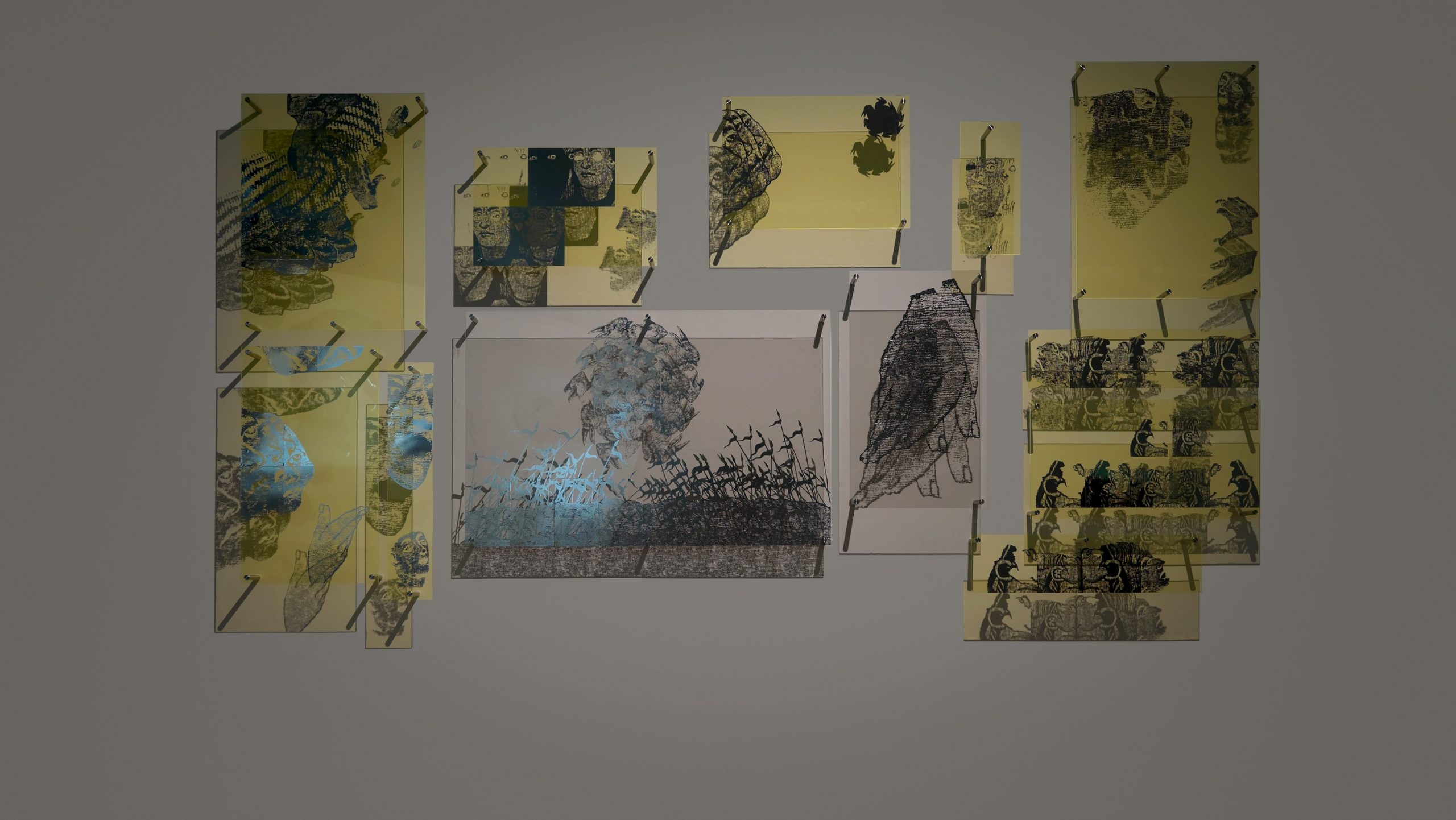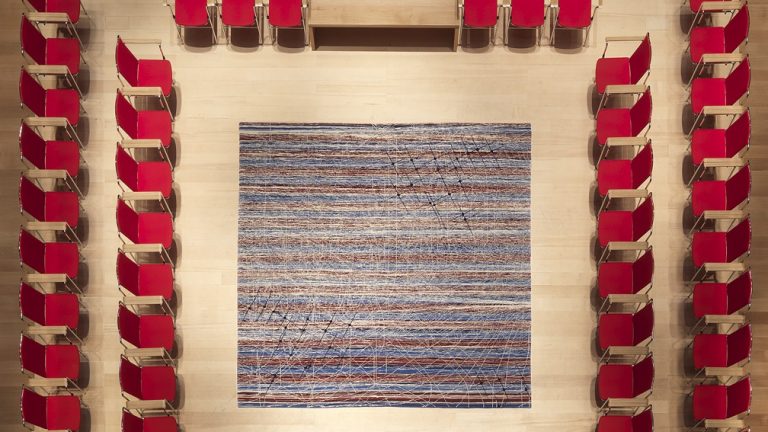The Great Bare Mat and Constellation
Isabella Stewart Gardener Museum, Boston (2012)
The “Great Bare Mat” of the title refers to a carpet made for the exhibition, a surface for the staging of conversations, displayed at the base of “The Vinegar Tasters”, a two-part 17th century Japanese screen from the Museum’s Collection. The carpet’s repeated motif, woven by a group of expert Bulgarian weavers, indexes the constellation of the Ursa Major (The Great Bear) against a background drawing of a trace of conversations between the three personal computers of Raqs Media Collective and the world. Raqs view time as a fulcrum of lived experience and are especially interested in thinking about how the sensation of temporality has accelerated, fragmented and intensified in our century. The intense criss-crossing patterns of the carpet demonstrate the intricacy, complexity, and global quality of contemporary communication set against the calendrical significance found in the ancient and leisurely nocturnal pursuit of star-gazing.
Through their experience as Artists-in-Residence in 2010, the members of the Raqs Media Collective explore the way in which the Gardner Museum treats time, accumulates images in the mind of the viewer, curates a special experience of intelligence, and creates encounters between art and music.
Series encapsulates
“The Great Bare Mat” gains inspiration from two exquisite Han bronze bears, mat-weights (2nd century BC) China that served to weigh down carpets on which debaters would sit and argue philosophical points. Woven by a team of women Bulgarian weavers of the Rodopski Kilim Carpet Factory, Bulgaria, the carpet features a repeated motif that indexes the constellation of the Ursa Major (‘Great Bear’) against a background of signals, and conversations between the three computers of Raqs, and the world. The carpet was removed and unrolled in the centre of the Calderwood Hall at the ISGM (uniquely sound stacked by the architect Renzo Piano) for each of the conversations.
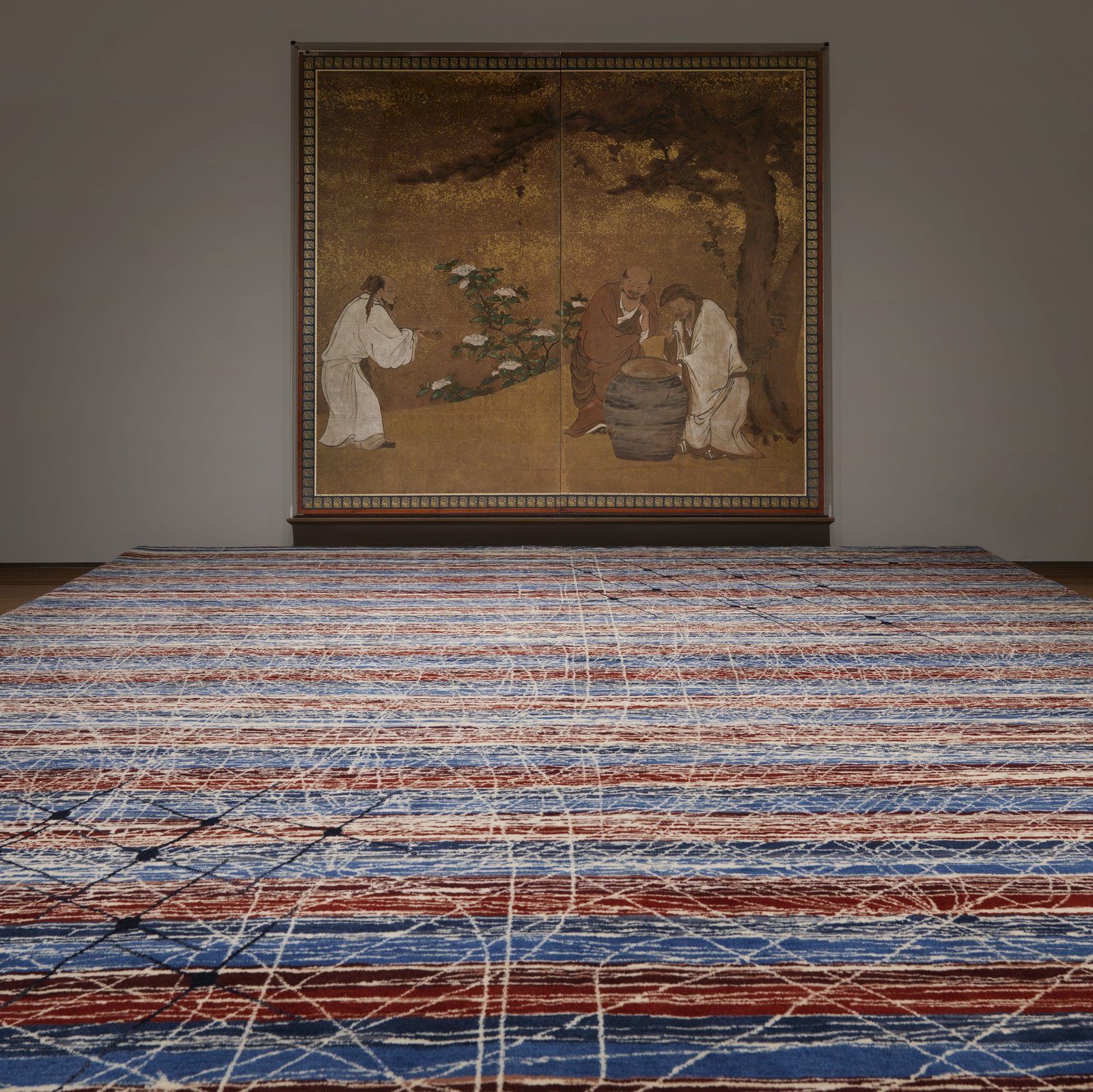
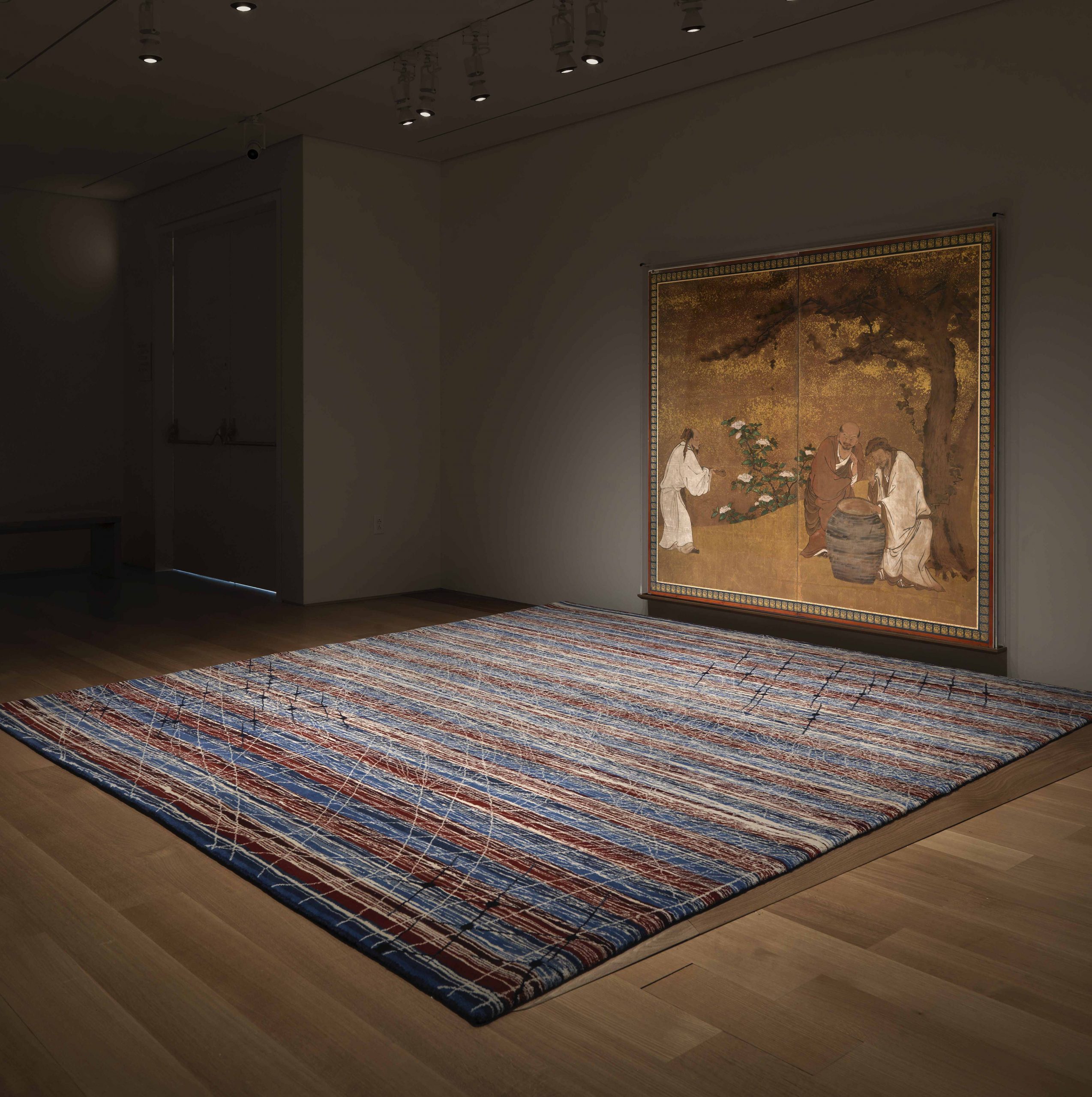
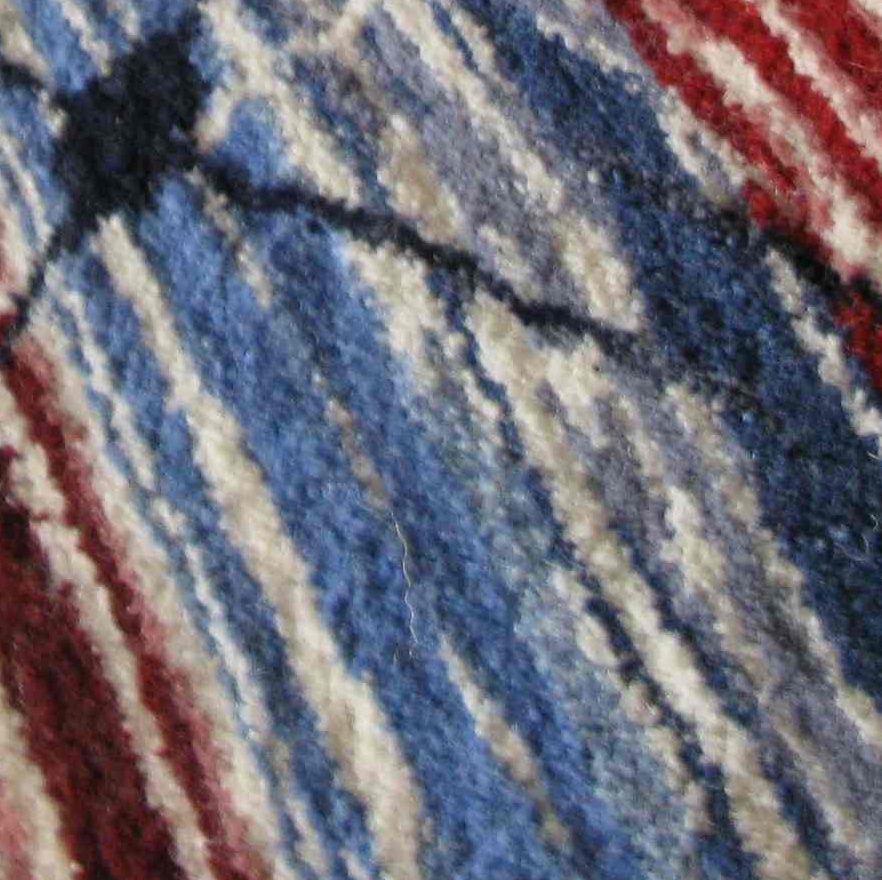
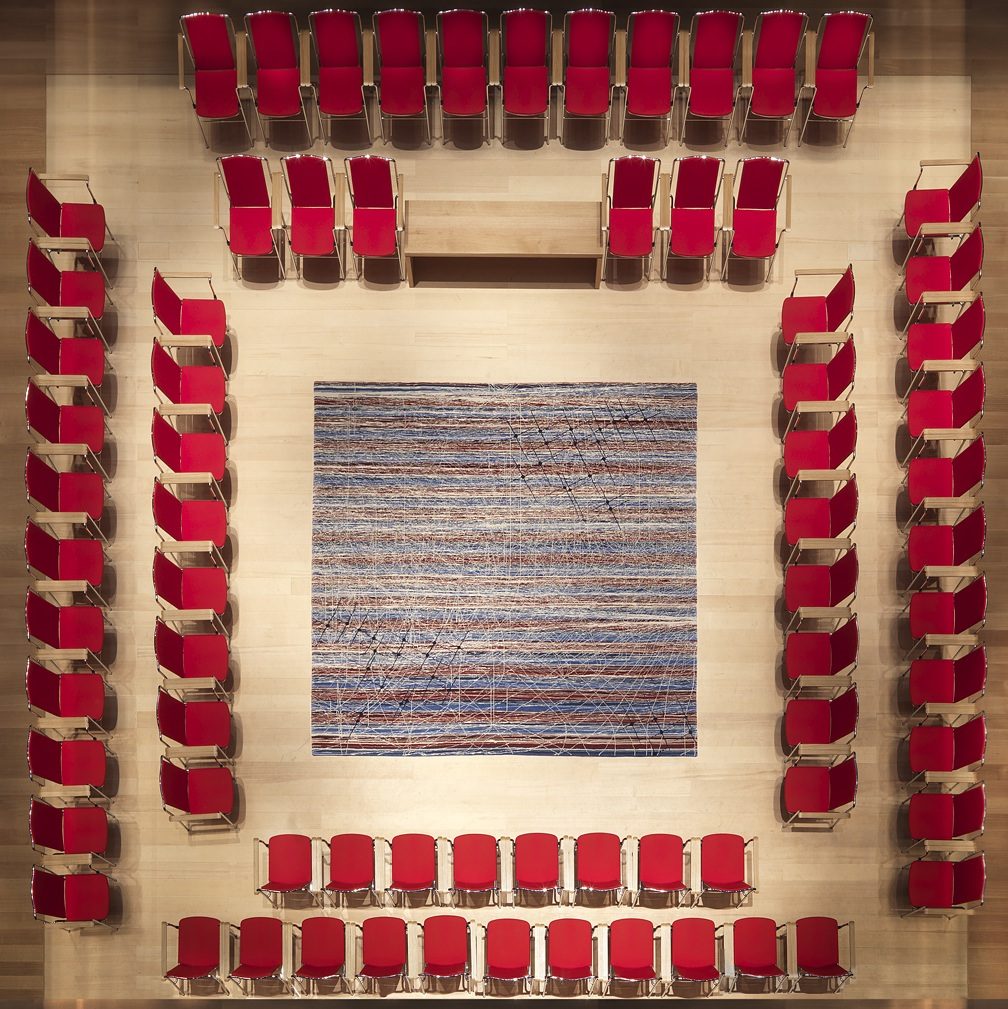
The second installation in the Special Exhibition Gallery is a silent, looped-video projection which animates—through a series of subtle alterations—the many photographs and film stills the artists recorded while in residence at the Museum in 2010. The images of the projected video reflect onto an adjacent gallery wall, where a luminous array of shiny metal surfaces mirroring distinct narratives, create a conversation between images in the mind of the viewer much like what can happen while walking through the galleries of the Museum at night.
